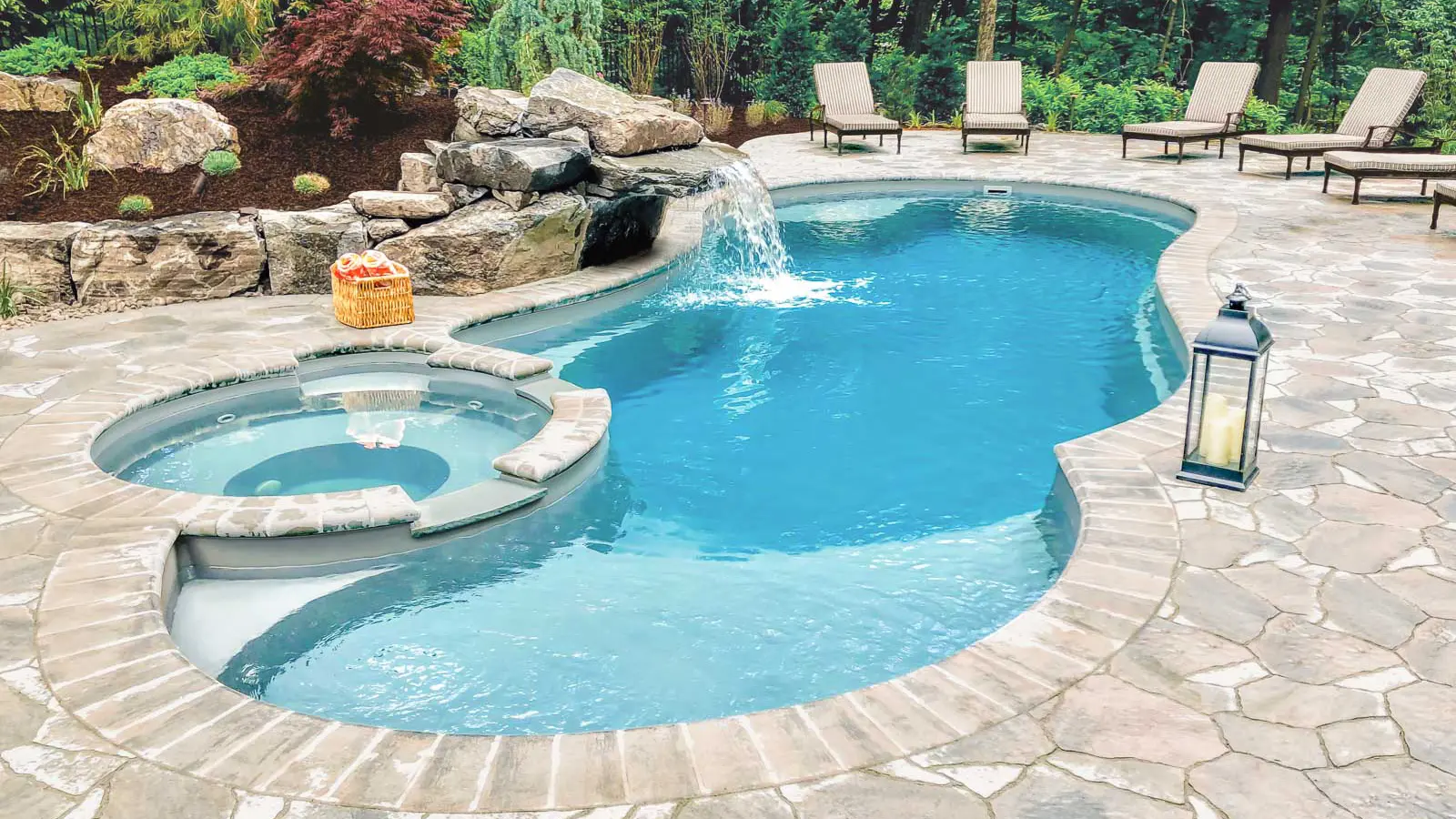1. Plan Ahead
Before you start disassembling your pool, have a clear plan in mind. Decide where you’ll store the pool components, whether it’s in a garage, shed, or designated storage area. Having a plan will make the process more organized and efficient.
2. Gather Necessary Tools and Supplies
Collect all the tools and supplies you’ll need for the disassembly process. This may include a pool cover, winterizing chemicals, a skimmer net, a pool vacuum, a hose, and any necessary wrenches or screwdrivers for removing hardware.
3. Clean the Pool
Start by thoroughly cleaning the pool. Remove any debris, leaves, or insects from the water using a skimmer net. Use a pool vacuum to clean the bottom and sides of the pool. Cleaning the pool before disassembly will prevent dirt and debris from getting into the pool components during storage.
4. Balance the Water Chemistry
Test the water’s pH and chlorine levels and adjust them to the recommended levels. Adding a winterizing chemical kit can help maintain water quality during the off-season and prevent algae growth.
5. Drain the Pool
Carefully drain the pool to the recommended level. Follow the manufacturer’s instructions for draining your specific type of pool. Be sure to drain it away from your home’s foundation to avoid flooding.
6. Remove Pool Accessories
Take out all pool accessories such as ladders, diving boards, and pool toys. Clean and store them in a dry, protected area to prevent damage during the winter.
7. Dismantle the Pool Structure
If you have an above-ground pool with a frame, start disassembling the frame according to the manufacturer’s instructions. Remove screws, bolts, or clips as needed. Keep all hardware organized and labeled to make reassembly easier next summer.
8. Clean and Dry Pool Components
Before storing the pool components, clean them thoroughly. Use a hose to rinse off any dirt or residue, and then allow them to dry completely. Damp or wet components can develop mold and mildew during storage.
9. Store Components Properly
Store the pool components in a cool, dry place, away from direct sunlight and extreme temperatures. Cover the components with a tarp or pool cover to protect them from dust and debris.
10. Cover the Pool
Once the pool components are removed and stored, cover the pool with a durable pool cover. Make sure the cover is secured tightly to prevent leaves, debris, and animals from getting into the pool.
11. Winterize the Pool Pump and Filter
If you have an in-ground pool with a pump and filter system, follow the manufacturer’s instructions for winterizing. This typically involves draining water from the pump, filter, and pipes to prevent freezing damage.
12. Regular Maintenance Checks
Throughout the winter, periodically check the pool cover for any damage or areas that need tightening. Remove debris and water from the cover to prevent damage and ensure it stays secure.
13. Plan for Spring Opening
As winter turns to spring, start planning for the pool’s reopening. Schedule a professional pool service or gather the necessary supplies for a thorough cleaning and maintenance routine to ensure your pool is ready for the next summer season.
By following these tips, you can carefully disassemble your pool after the summer season, protect your pool components, and prepare for a successful reopening when warmer weather returns.

